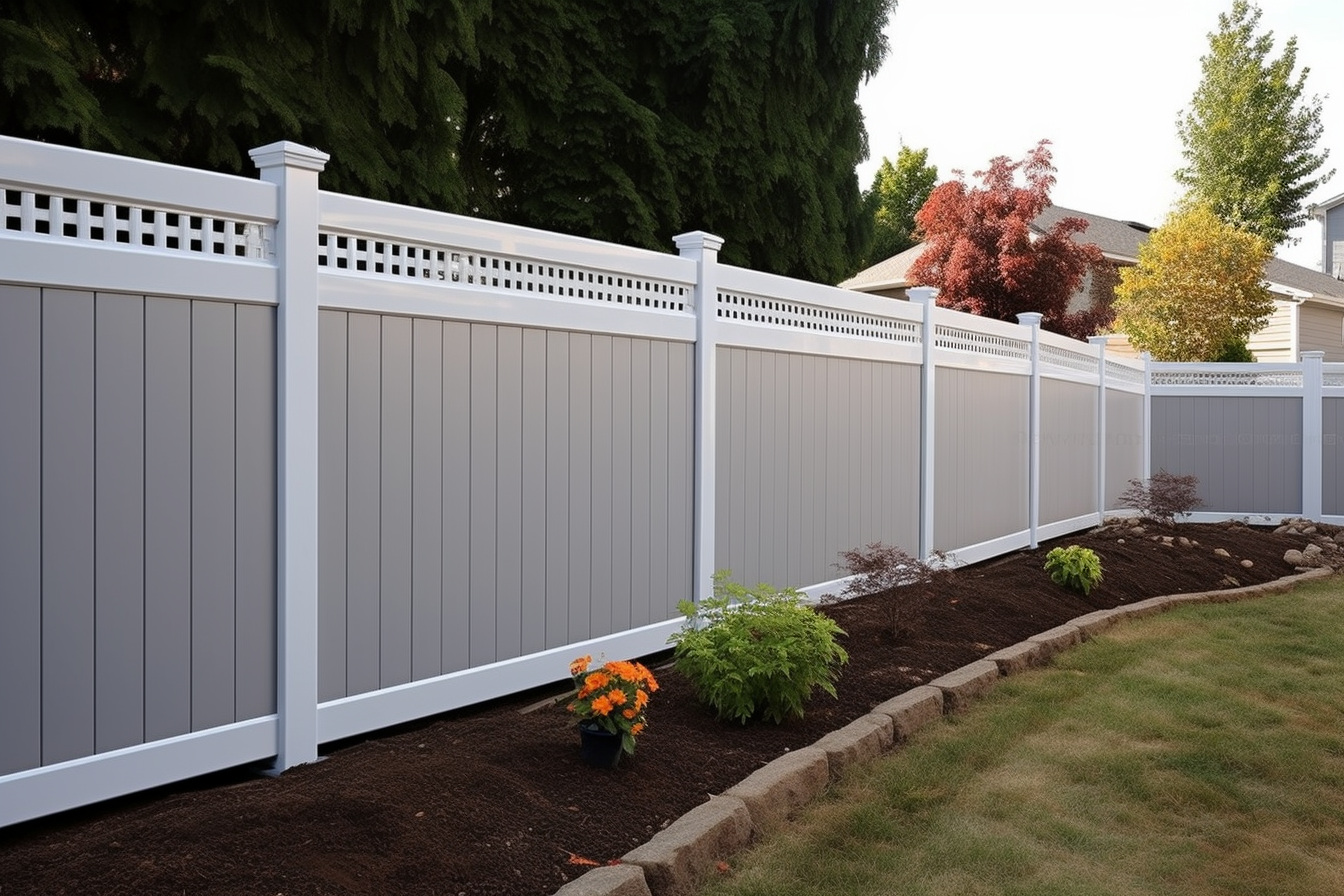Practical Seasonal Upkeep Checklist for Indoor and Outdoor Spaces
A seasonal upkeep checklist helps households stay ahead of wear, save energy, and enjoy safer, more comfortable interiors and outdoor living areas. This concise guide outlines practical tasks to schedule for each season, emphasizing maintenance, planting, and straightforward DIY approaches that fit busy routines.

A seasonal upkeep plan keeps interiors fresh and outdoor living areas functional year-round. Prioritize tasks that prevent small issues from becoming costly repairs: regular decluttering and organization, testing lighting and flooring, routine maintenance on mechanical systems, and seasonal checks for pest control. Planning work in manageable blocks reduces stress, preserves finishes, and helps landscapes and plantings stay healthy across changing weather patterns.
Interiors upkeep: decluttering, lighting, flooring, organization
Start each season inside by decluttering high-traffic rooms and reassessing storage systems. Sort items for donation or upcycling, vacuum and dust behind furniture, and clean vents to improve indoor air quality. Inspect flooring for scratches, gaps, or moisture damage and make minor repairs or schedule refinishing. Test and replace interior lighting for efficiency and safety, and review organization methods so belongings are easy to access and rotate seasonally.
Landscaping and planting: planning, mulch, and soil care
Plan landscaping based on local climate and frost dates: prune at the appropriate times, replace or refresh mulch to retain moisture, and amend beds with compost ahead of planting. Select plants suited to your region and group them by watering needs to simplify irrigation. Check hardscaping—walkways, retaining walls, and patios—for settling or loose stones, and clear beds of debris that can harbor pests or disease to support healthy growth.
Outdoor living maintenance and pest control: furniture, lighting, and safety
Maintain outdoor living spaces by cleaning furniture, sealing wood decks, and checking outdoor lighting and wiring for weather damage. Store or cover cushions during wet seasons and inspect textiles for mold. Implement simple pest control measures such as removing standing water, sealing entry points around foundations, and using targeted treatments for problem areas rather than broad applications. Regular safety checks of grills, firepits, and play equipment prevent accidents and extend functionality.
DIY, upcycling, and renovation: small projects with big impact
Schedule modest DIY tasks that refresh interiors and exteriors without full renovation. Upcycling old furniture or repurposing materials can update rooms and outdoor areas at low cost; repainting, swapping hardware, or refinishing surfaces offers noticeable improvements. Plan small renovation steps—improving insulation, replacing old flooring, or updating lighting—that enhance comfort and energy efficiency. Keep tools organized and safety gear accessible to complete tasks smoothly when maintenance needs arise.
Irrigation, composting, and plant health: systems and cycles
Maintain irrigation systems by testing controllers, checking for leaks, and adjusting run times with seasonal weather changes. Use composting to recycle kitchen and garden waste into nutrient-rich soil—monitor moisture and aeration for effective decomposition. Inspect plants regularly for pests and disease, practice integrated pest control by encouraging beneficial insects, and rotate vegetables or annuals to reduce soil-borne problems and maintain planting vigor.
Organization and seasonal maintenance schedule: routines that work
Create a seasonal checklist that includes testing smoke and CO alarms, cleaning gutters, servicing HVAC and irrigation equipment, and rotating or storing seasonal textiles. Keep a dedicated box for spare parts, fasteners, and common repair supplies to streamline quick fixes. Maintain a single calendar or digital reminder system for renovation timelines, planting windows, and recurring maintenance tasks so both interiors and outdoor living areas receive timely attention.
A consistent, season-aware approach to upkeep reduces long-term cost and effort while preserving comfort and safety. Integrating decluttering, practical DIY, targeted pest control, responsible irrigation and composting, and regular maintenance into predictable intervals helps homes and gardens remain resilient. By checking lighting, flooring, organization systems, and outdoor amenities at each seasonal transition, you extend the life of finishes and systems and keep living spaces ready to enjoy throughout the year.





